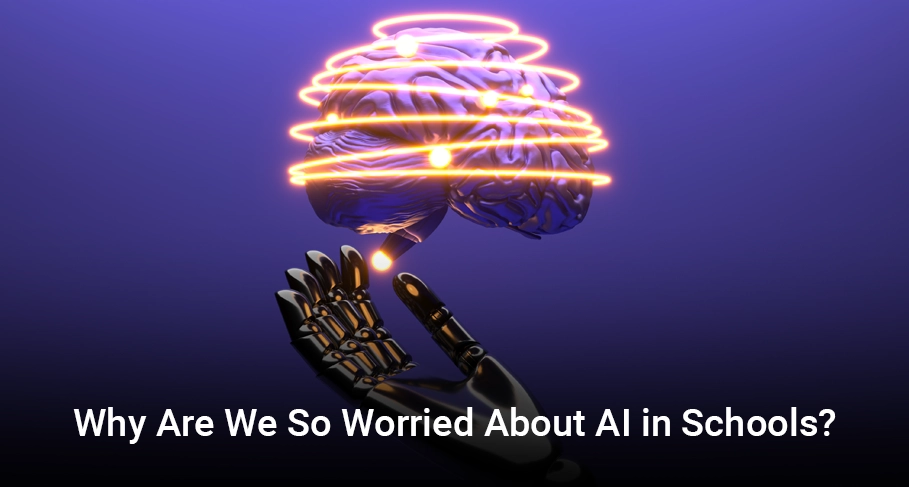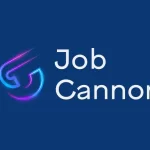AI can’t be avoided—and the good news is, it’s not all that novel. Let’s explore the pros and cons of embracing AI in schools. First, let’s explore two myths about AI.
Myth one: It’s new
Artificial intelligence has been around for a long time in tools many people use daily. Assistants like Siri, Alexa, and Google use artificial intelligence and machine learning to anticipate users’ needs better, learn routines, and offer solutions to questions. A big reason generative AI is spooky to some is the misconception that it’s creating something new. In reality, AI can only take the things it’s already learned, arrange them differently, and present them. Digital equity does matter, though. Generative AI is going to be a part of the future. If students are unable to access AI using school-issued devices, the only students who will be able to practice using generative models such as Chat GPT will be students who can afford a personal device. AI policy absolutely presents a headache for tech pros, but it’s no different than the challenges involved in providing equitable access to machines for all students.
Myth two: It’s scary
Because generative AI is relatively novel and popular in media, it’s attracted a lot of speculation. Speculation is designed to feel threatening and create a sense of urgency, Either to inspire faster adoption (the myth of scarcity or missing out) or to inspire extreme caution. However, as established already, AI is already a part of life. The potential for AI to misuse information it has learned is the looming threat—and there are ways to manage that. Students must know what information is private, personal, and privileged and how to manage their data and information. Data is a precious resource. We know that because it inspires criminals to take it, especially from schools, since student identity data is often pristine and unsullied by financial mishaps and credit scores. Not only that, data is openly sold and marketed as a regular part of life. Students are so used to this process that their defences default lower than they should. AI can be scary when used by humans for nefarious reasons. But it’s not enough to only practice avoidance: students must learn to protect themselves and their data.
The big truth: AI adoption is inevitable.
The inevitability adds to its sense of impending doom. Because we know there’s no stopping the process—the genie won’t return to the bottle, so to speak—there’s no choice but to accept and prepare students to use generative AI in life. This creates a new batch of questions. We have to craft an AI policy, but we’ve never done it—what gets covered? How do we balance embracing new technology with protecting school networks and students? Plus, we’ve seen the advent of new, world-changing tech many times. We want to prevent similar fallout from social media, cell phones, infinite scroll, and other technology advancements that turned out to be harmful, addictive, and, at times, devastating. Unfortunately, there’s no time to waste. As school leaders move to craft policy and guidance about artificial intelligence, particularly generative AI, they’ll have to remain nimble and agile. Today’s AI policies will look vastly different five or ten years down the road: not worse, not better, just different.


